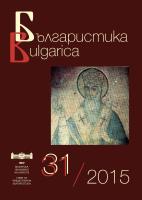
Дисертации
Defended PhD theses in Bulgaria in the field of linguistics, literature, history, folklore, ethnography and art studies
More...We kindly inform you that, as long as the subject affiliation of our 300.000+ articles is in progress, you might get unsufficient or no results on your third level or second level search. In this case, please broaden your search criteria.

Defended PhD theses in Bulgaria in the field of linguistics, literature, history, folklore, ethnography and art studies
More...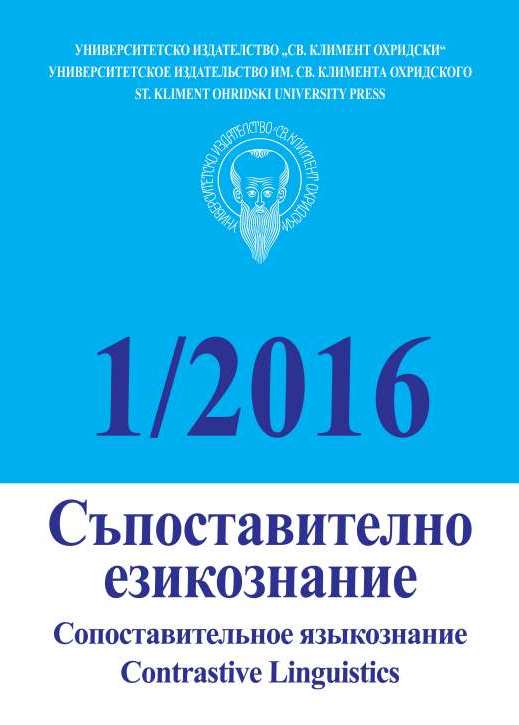
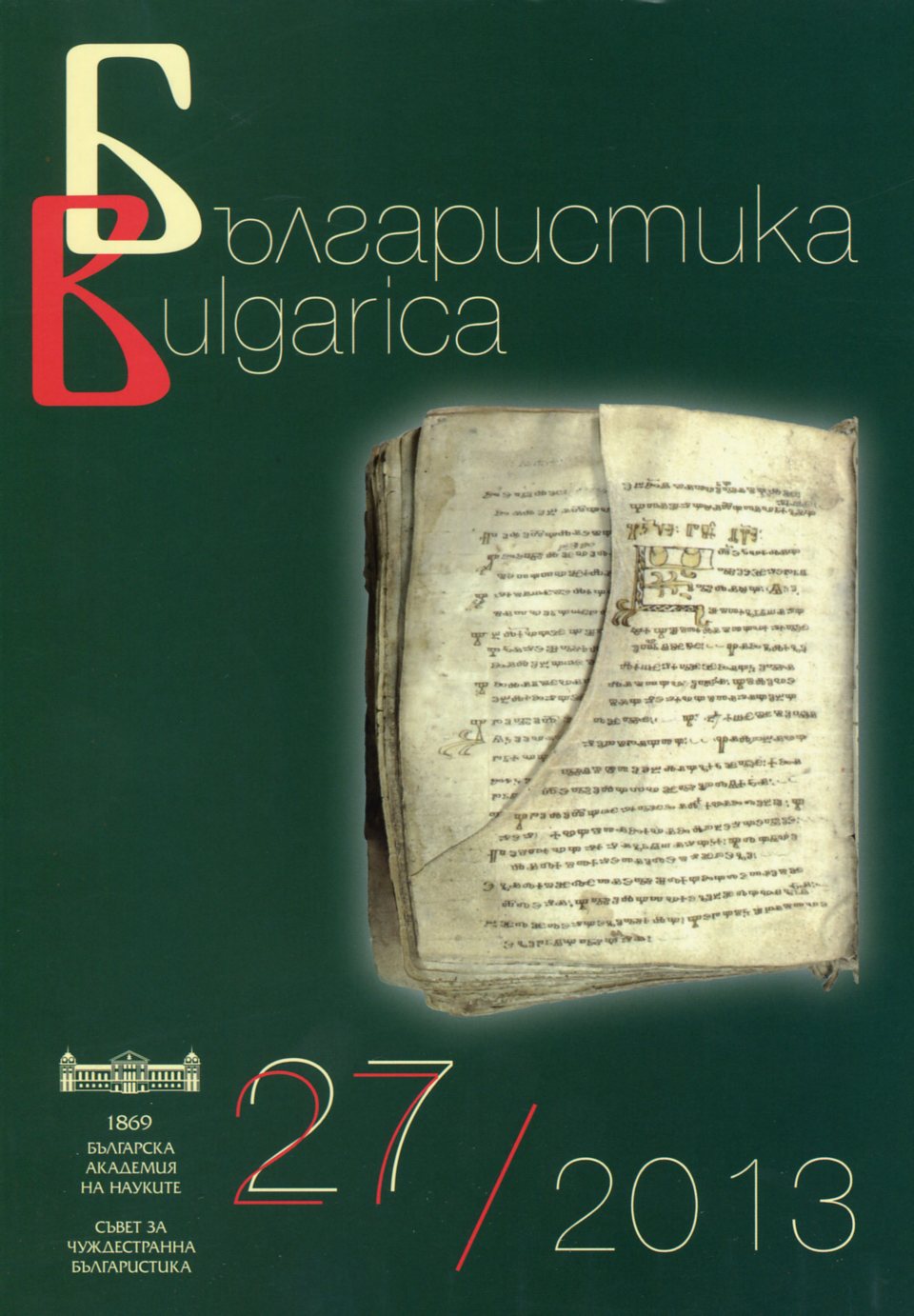
Content of the main Bulgarian scientific journals for the current year in linguistics, literature, history, folklore, ethnography, archeology and art studies
More...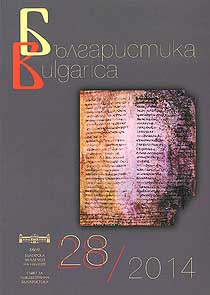
Content of the main Bulgarian scientific journals for the current year in linguistics, literature, history, folklore, ethnography, archeology and art studies
More...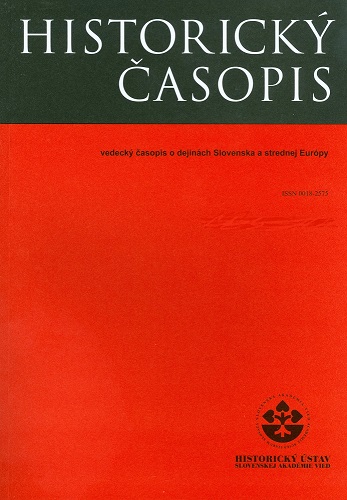
The review of: - HNILICA, Jiří. LES NOUVELLES ÉLITES TCHÉCOSLOVAQUES. Une formation française (1900–1950). Paris: Institut d´études slaves, 2015, 405 s. ISBN 9788670255760. - MILLER, Jaroslav – BUREŠOVÁ, Jana – TRAPL, Miloš. ČESKÝ EXIL V AUSTRÁLII (1948 – 1989). Praha: Nakladatelství Lidové Noviny, 2016, 278 s. ISBN 9788074225192. - MOLDA, Rastislav. IDEÁLNY OBRAZ NÁRODA. Stereotypizácia uhorských národností v slovenskej cestopisnej a národopisnej literatúre 19. storočia. Bratislava: Matica Slovenská, 2015, 279 s. ISBN 9788081281532. - BAKA, Igor – MASKALÍK, Alex – MEDVECKÝ, Matej – MINAŘÍK, Pavel. VOJENSKÉ DEJINY SLOVENSKA. VII: zväzok (1968 – 1992). Bratislava: Magnet Press, 2016, 360 s. ISBN 9788089169344.
More...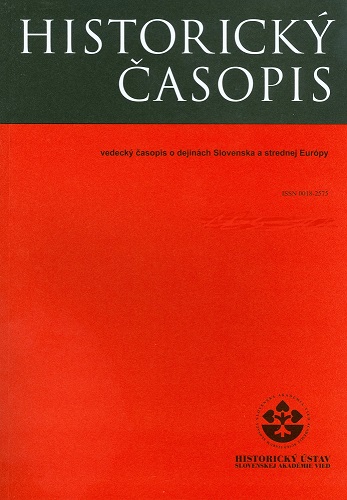
The review of: - PÁD VELKÉ MORAVY ANEB KTO BYL POHŘBEN V HROBU 153 NA POHANSKU U BŘECLAVI. Eds. Jiří Macháček a Martin Wihoda. Praha: Nakladatelství Lidové noviny, 2016, 248 s. ISBN 9788074225482. - IVANTYŠYNOVÁ, Tatiana – PODOLAN, Peter – VIRŠINSKÁ, Miriam. BÁSNIK A MESTO. Viedenské roky Jána Kollára. Bratislava: SDK SVE; Pro historia 2015, 142 s. ISBN 9788097037666. - MACH, Alexander. PRED ROZSUDKOM. Denníky 1945 - 47. Bratislava: Vydavateľstvo Marenčin PT , 2017, 447 s. ISBN 9788056900383. - HISTORIA MEDICINAE SLOVACA, VOL. 1. Ján Jessenius (1566 – 1621) – Ľudia a doba. Eds. Matej Gogola, Lukáš Rybár. Bratislava: STIMUL, 2017, 257 s. ISBN 9788081271854.
More...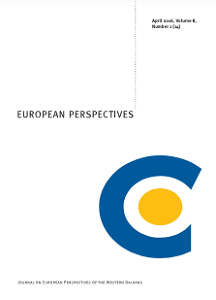
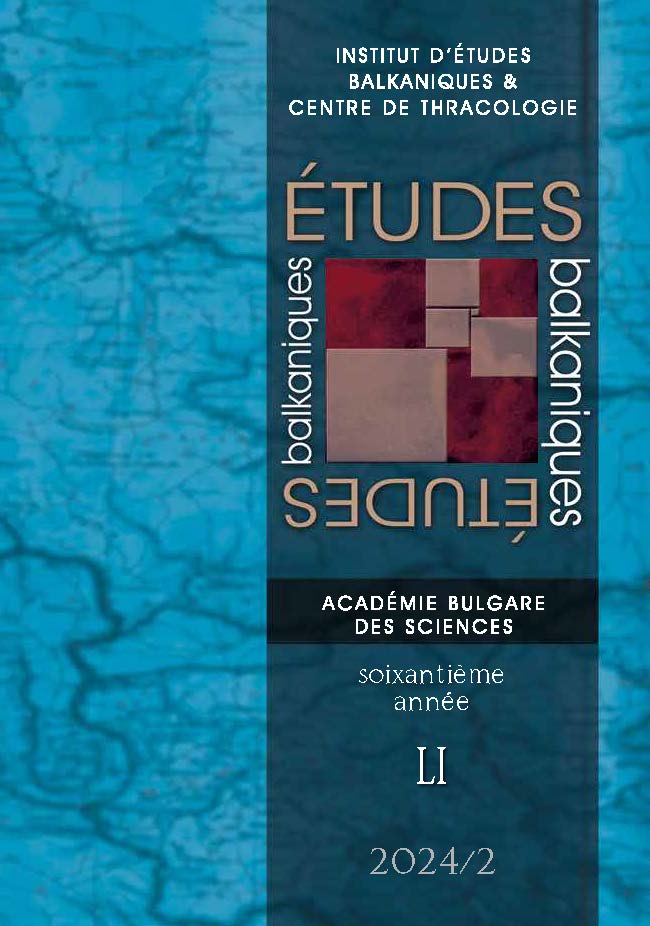


This is an overview of the content of the journal Études balkaniques in the last decade (2014 – 2023) covering the period between the end of the 14th century and the last quarter of the 19th century. The most popular topics that stand out when reviewing it are religious communities and identity issues, urban studies, modernisation. Along with them we observe interest in economy in general, commerce and rural life, international relations.
More...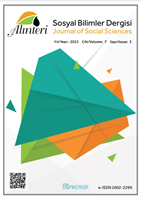
The date interval, which is met with the term Early Medieval in Western historiography and approximately coinciding with the 5th to 10th centuries, is an important time period not only for medieval Turkish history, but also for world history. During this time period, the Migration of Tribes, which will shape the ethnic face of Europe, started with the migration of the Hunnic Turks to the west and the European Hun State, whose borders extended from the Balkans to the English Channel, was established in Europe. Shortly after this, the Göktürks, the first Turkish state with the Turkish name in history, whose borders extended from Manchuria in Asia to the Crimea in Europe, was established. The date range that is the subject of the research is also the date range when the Turks first encountered the religion of Islam. In this research, it has been tried to examine the travelogues, which are the main source in history studies. Although travelogues are among the important sources in terms of history, they have not received the value they deserve until recently. With this study, it has been tried to give brief information about the travelogues and their authors that give information about Turkic peoples between the 5th and 10th centuries, and at least it is aimed to create a starting point for researchers who will work in this field in the future.
More...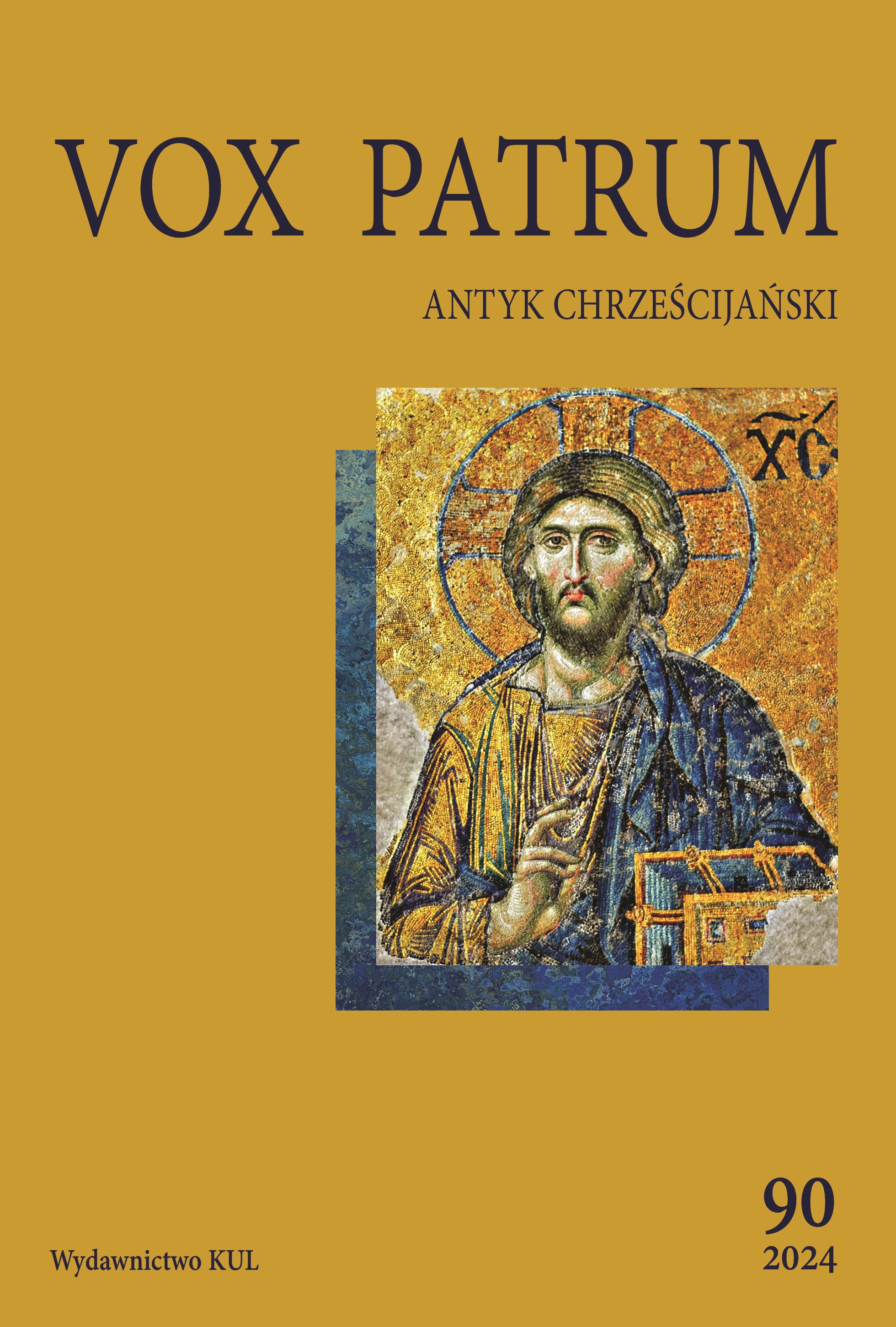
Dissertations in Christian Antiquity completed in Polish academic centres in 2022-2023 (with additions from previous years).
More...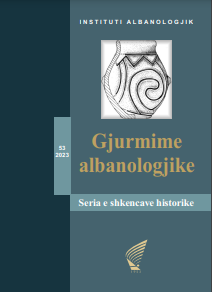
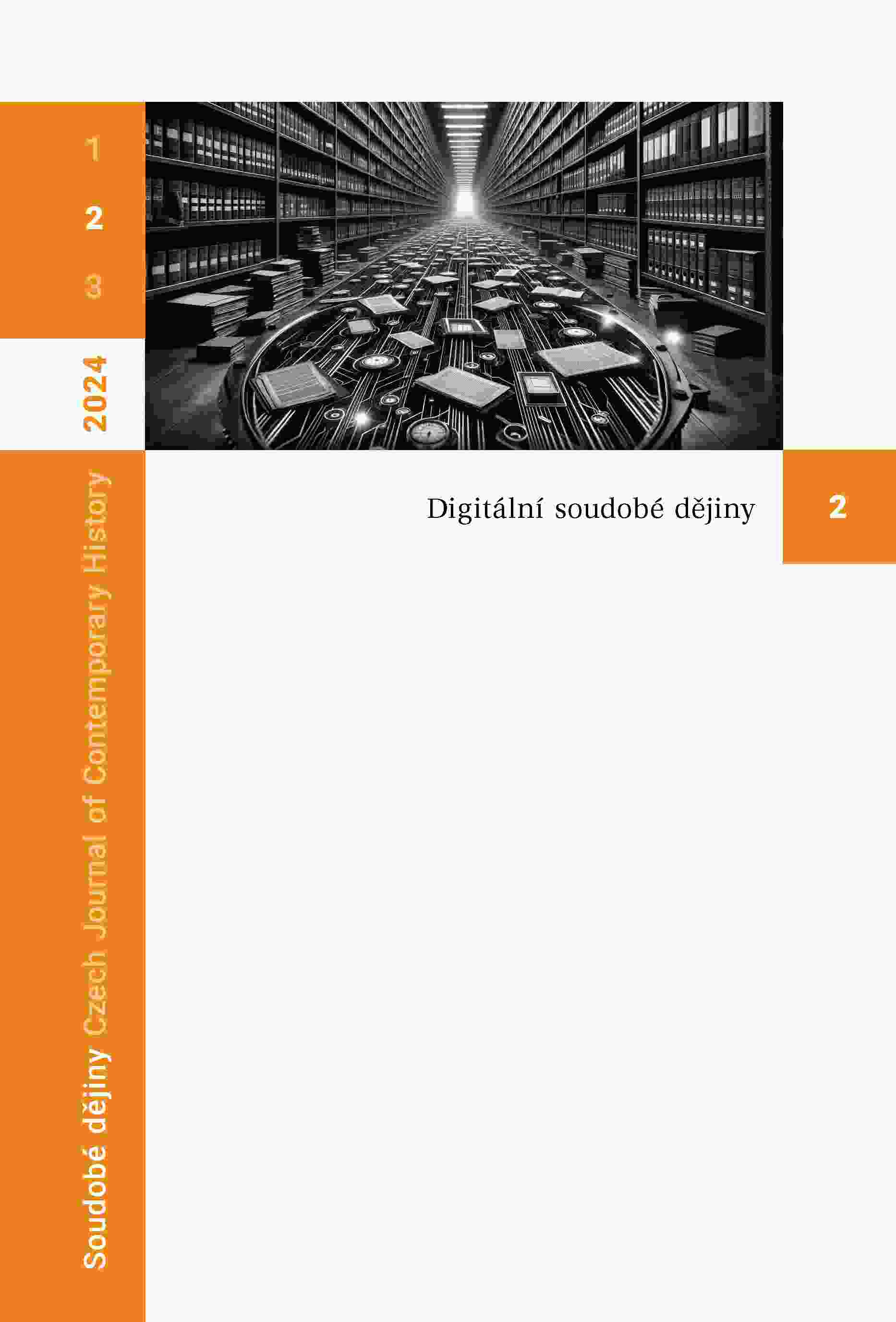
This study focuses on the possibilities and limits of contemporary history research within the transformation of the humanities and social sciences influenced by new information technologies and the digital turn. The authors present the main trends of digitization policy in the Czech Republic in the context of the social debate on coming to terms with the communist past and in the context of professional discussions on the possibilities of the use of bibliographic datasets in the digital humanities. They focus on the role of digitization in the objectification of historical knowledge and its potential use as a tool for new interpretations of historical data, focusing first on the contrast between digitization from below, represented by the social activist digitization of samizdat texts on the initiative of individuals (typically former dissidents) or civic associations, and digitization from above, in the form of the statesponsored and institutionalised digitization of sources of state provenance (mainly materials of the security services of the Czechoslovak communist regime). In the second part of the article, the authors present the newly emerging online database “Bibliography of Ecological and Environmental Issues in Czechoslovak Samizdat” in the context of the current research on Czechoslovak dissent and bibliographic processing of samizdat texts. Using this example, they argue that bibliographies, which are among the traditional tools and aids of historical research, have a great potential for use in digital humanities and thus in digital history, although this potential is still unexploited in contemporary history.
More...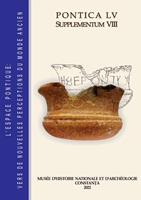

Review of: Zenaida Karavdić: Bibliografija radova o bosanskom jeziku 1990-2020. Radovi 26. Univerzitet u Sarajevu – Institut za jezik, Sarajevo 2021, 455 str., ISBN 978-9958-620-48-5
More...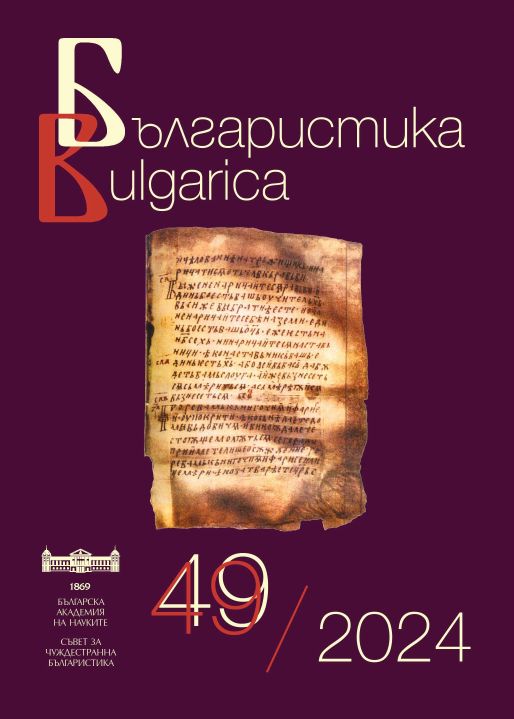

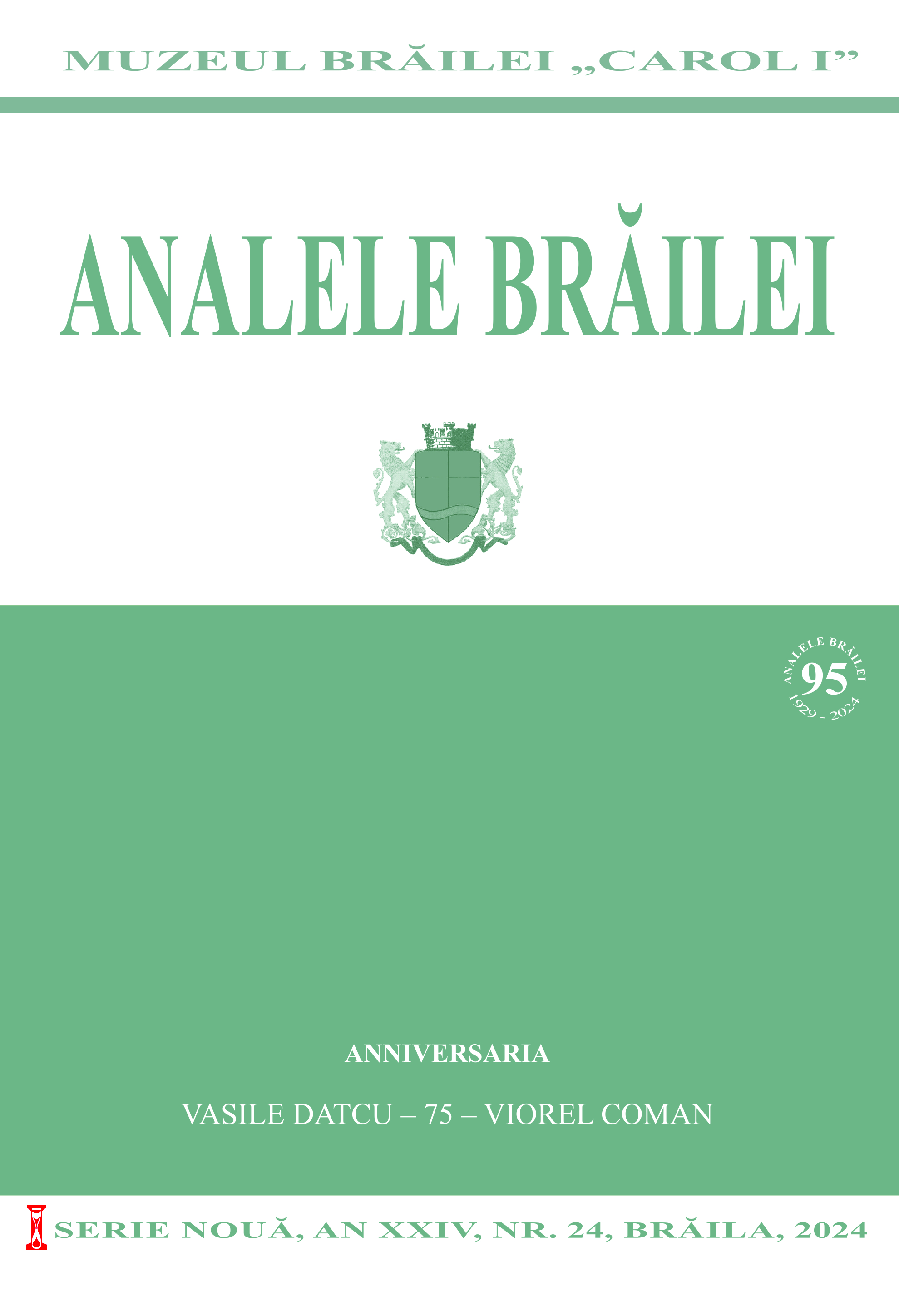
Alexandre-Louis Andrault, Comte de Langeron is an extremely interesting character, with a remarkable military and administrative career, being involved, as a senior officer, in most of the Russian campaigns of the late 18th century and the beginning of the next century. His presence in the Romanian Principalities, both during the Russo-Turkish wars and during the period of occupation and involvement in the peace negotiations, gives him the quality of witness, directly or indirectly, of events and places essential for our history, and not only that. From Count Langeron there remained a fairly consistent set of manuscript Memoirs, drawn up at different stages, which are preserved in the Archives of the French Foreign Ministry. Initially, the manuscript was given by the author, by will, to the library that operated next to L'hôtel des Invalides in Paris, for safekeeping, for 50 years after his death, only after which it was to be made public, which it happened in 1881. After this moment, given the extraordinary wealth of information contained in his accounts, his Memoirs were published under various titles and translations, but never in full. In the present intervention, we also point out the main editions of the Memoirs known to Romanian historiography and of course some contributions that analysed or used this source more consistently. Last but not least, we focused our attention equally on the "reception" of the relations offered by Langeron in his homeland - France, respectively in the country of adoption - Russia.
More...
The Episcopate of Râmnic was established in 1503 by the ruler Radu the Great (1495-1508). One of the bishops of this diocese was Climent, born in 1685 at the foot of Mount Buila, where his mother was at thes heepfold. He became bishop of Râmnic in 1735, while Oltenia was under Austrian rule (1718-1739). In the place where his mother gave birth to him, he founded the Pătrunsa hermitage (1740), and in his native village, Pietrarii de Jos, in Vâlcea county, he founded the Annunciation hermitage, near his parental home (1742-1744). Bishop Climent is referred to by Melete Răuțu, the Protopope of Vâlcea county in 1908, as „the most legendary bishop the Diocese of Râmnic has ever had”. His image can be found depicted at his foundations (Pietrarii de Jos, Bolnița, and the chapel of the Archbishopric of Râmnic), as well as at Polovragi, Ocnele Mari, Bodești, Bărbătești. He contributed financially to the hermitages of Colnicul and Comanca de Munte, and to the churches in Folești, Bârzești, Goran, and Budești-Argeș, being present along side other founders. He passed away on January 31, 1753.
More...